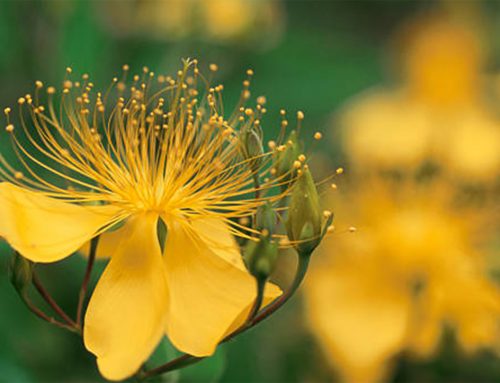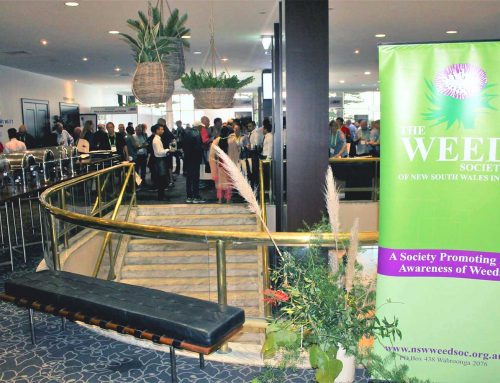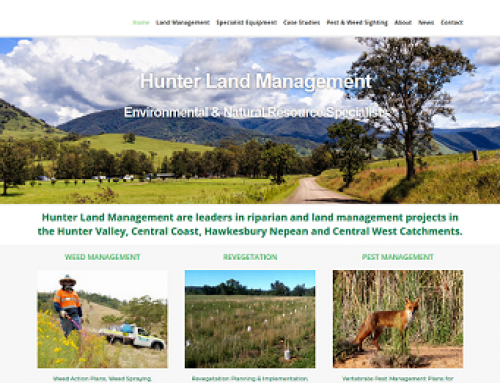Welcome back autumn! The season of cooler weather, shorter days and trees shedding their colourful leaves. At HLM, we love the land and autumn is such a wonderful time to appreciate the beauty of where we live. For some information on all things pertaining to the land and our industry, here’s our seasonal update.
Seasonal Climate Overview
We have just survived a super warm summer, complete with widespread heatwaves that broke national records. With the extreme heat came extreme dryness and much of Australia is currently experiencing drought conditions (this is with the exception of tropical Queensland, as they actually experienced heavy rains and flooding). This resulted in dust storms that persisted throughout the summer.
The Australian Bureau of Meteorology is expecting autumn to be warmer and dryer than normal. There is about an 80% chance of higher than average temperatures for Northern and Eastern Australia. Low stream flows are also likely, with a delayed autumn break anticipated.
ENSO (El Nino- Southern Oscillation) remains neutral. This means there is approximately 50% chance of El Nino developing during autumn (or winter) in the southern hemisphere, which is twice the normal likelihood.
For more information on the seasonal weather outlook, see The Australian Bureau of Meteorology website.
Weeds spotlight this autumn
Our autumn weed spotlight is on the Climbing asparagus (Asparagus africanus).
The Climbing Asparagus is an invasive species known to compete with native grounds and plants by forming dense roots that prevent the germination and establishment of other species. It can grow to become a large and continuous infestation.
Originating in Africa and Saudi Arabia, the Climbing Asparagus was introduced to Australi as an ornamental plant around 1976. It has now naturalised to multi/ple Australian locations and reproduces from seed, as well as vegetatively from rhizomes. The seedlings germinate in the autumn and early winter, with main growth period being autumn. Flowering largely occurs in the winter and spring, but sometimes doesn’t happen until four years after germination.
With a low shrub, fern like appearance, this weed is a perennial climber with a thick, fleshy and fibrous root system. Their stems are ribbed and thick, while the flowers are small and greenish white. Berries are seeded and small, appearing green at first then turning orange once they reach maturity. Fruit is produced year-round.
Commonly growing in sub-tropical to tropical areas, the Climbing Asparagus is often found in semi-evergreen vine thickets, riparian areas, brigalow, littoral rainforests and wet eucalypt forests.
Due to the dangers to native plants, Climbing Asparagus should be eradicated from NSW land when identified. Suspected plants should be reported to local council weeds officers, who then take care of identification, control and removal.
For more information on Climbing Asparagus, see the Department of Primary Industries website.
Autumn pest update
Wild rabbits are a year-round problem, and have recently topped the list as the most invasive species according to research conducted by the Threatened Species Recovery Hub. Rabbits impact over 321 native threatened species, which includes both plants and animals.
The full impact of feral rabbits on farming and land management include:
- Lost production
- Increased control costs
- Increased soil erosion
- Infrastructure and water costs
The full impact of feral rabbits on the native Australian ecosystem include;
- Increased competition for resources like food and shelter with native animals
- Negative impact on the feral fox and cat populations
- The increase in soil erosion leads to impacts on vegetation and watercourses
- Rabbit control measures can also result in off target harm
At Hunter Land Management, we can offer rabbit and hare control services using Pindone Baiting, shooting, fumigation and habitat destruction techniques. If you have a rabbit problem, give our friendly team a call on 0412 404 499.
We hope you enjoy the autumn season! Make sure you spend some time appreciating the great outdoors and getting closer to nature. Like and follow our Facebook page to stay up to date with what’s happening at HLM, as well as heaps of suggestions for places to see, and things to do in our local area.




